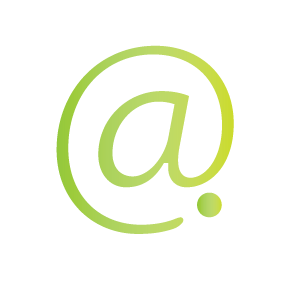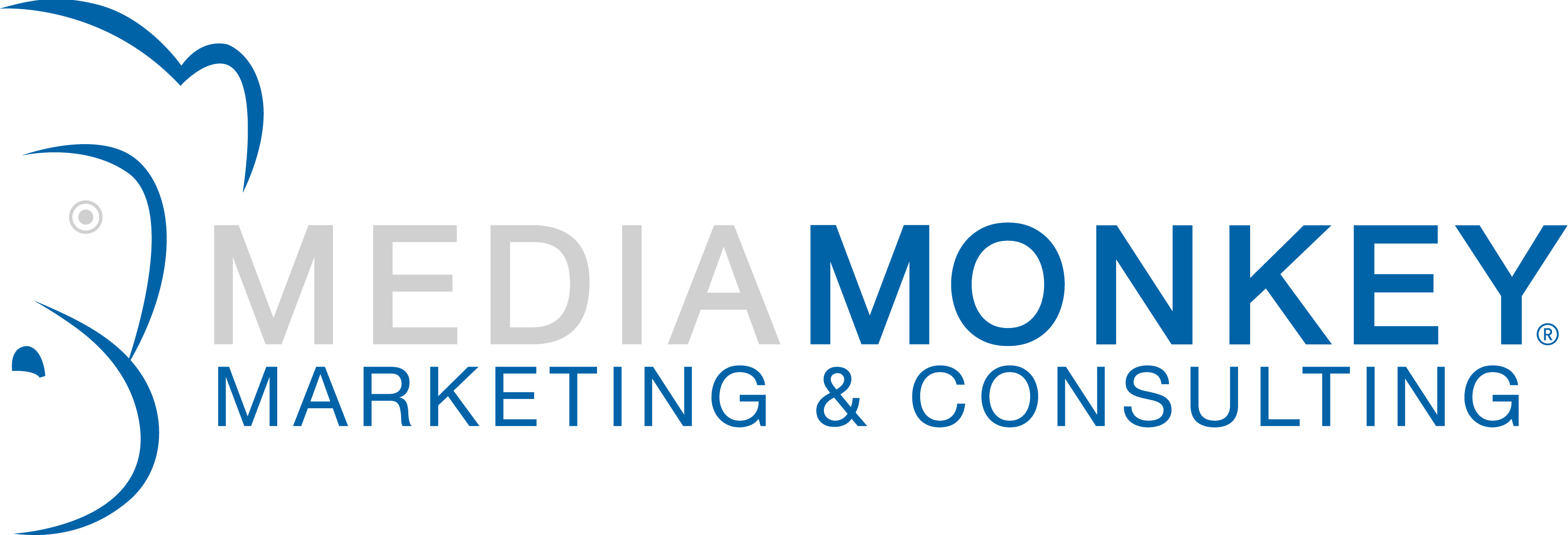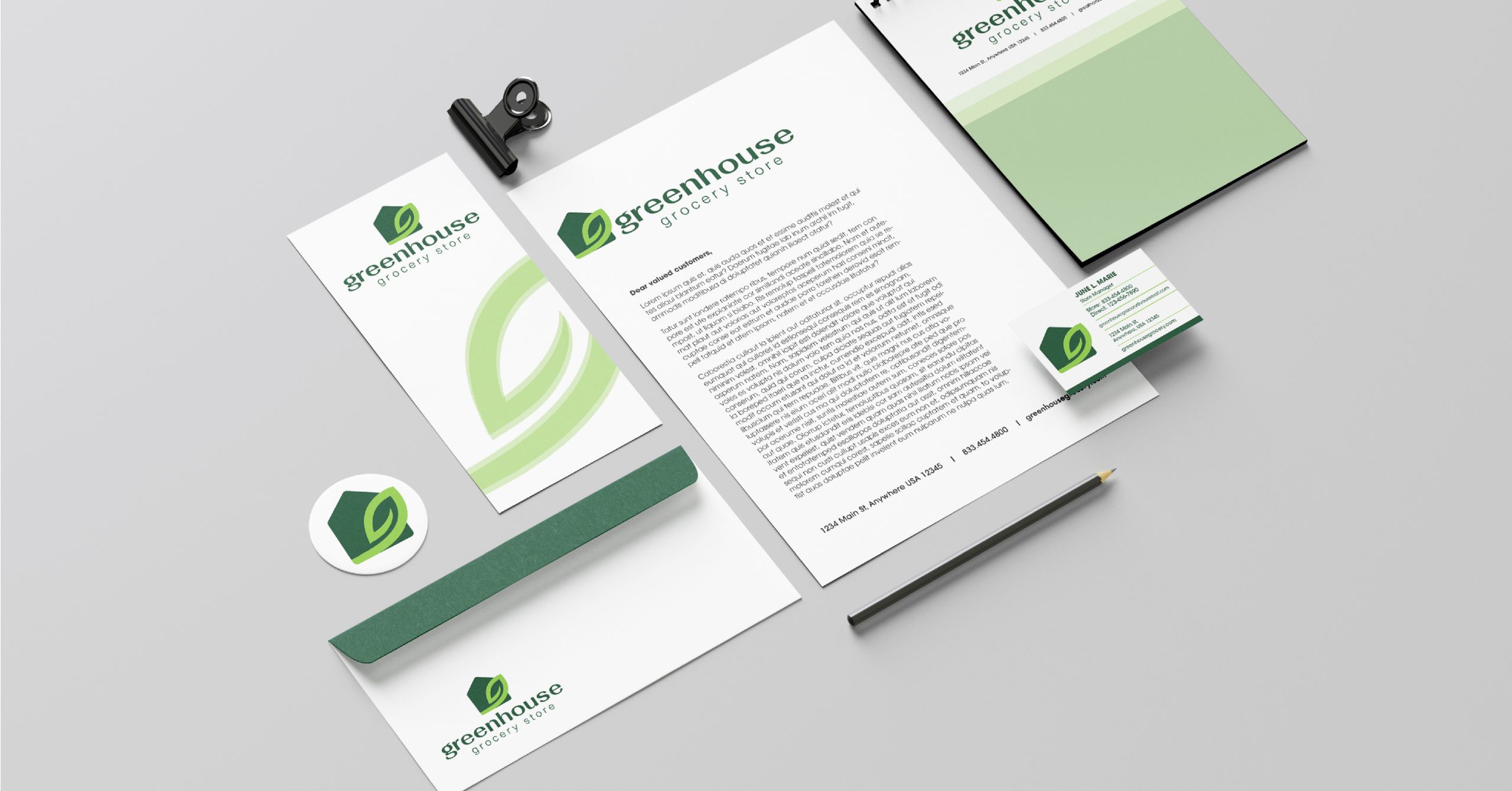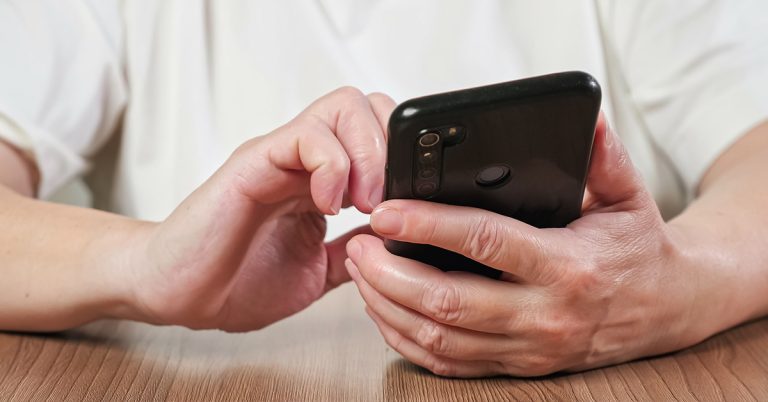Do you know how important standard print sizing is to a successful marketing campaign? Understanding the various sizes of prints, as well as how best to utilize them, can make or break your business. It might sound intimidating to wrap your head around sizes like One Sheet Movie Posters and Us Letter flyers – but don’t worry, it doesn’t have to be complicated! Today, we’ll help demystify standard printing sizing for marketers and advertisers alike, so that you can create beautiful material with ease – no matter what size paper you’re working with.
What is the standard size of print media, in the US, and why should it’s important
When it comes to print media, understanding standard sizes is invaluable. Being aware of this will ensure that your photoshoot or product look as professional and visually stunning as possible. Not to mention, adhering to particular dimensions will ensure your piece stands out from the competition and attracts potential customers. Your print materials should be just as memorable and impactful as the product itself so don’t overlook sizing! Standard sizes are typically 8.5 x 11 inches for documents, 4 x 6 or 5 x 7 inches for postcards, 11 x 17 for posters, 13 x 19 for large-format prints, and 24 x 36 inches for billboards – but always check with your printer prior to production, many have their own unique sizes to offer. This could end up saving you not only time but also money in getting the finished product you actually want. Size matters – keep that in mind!
Tips on how to make the most out of different paper sizes when printing
Did you ever think that something as simple as the size of paper being used for printing could make such a difference? Of course, it makes sense; larger sizes can emphasize large-scale projects and small sizes can present detailed items with clarity. So if you’re looking to maximize your printing efforts, here’s some advice: if you need to show off details like diagrams or charts, make sure to use smaller paper sizes; aiming for letter-size or smaller should do the trick. For larger projects that require more visuals or even text, selecting a bigger format like legal-size is better for ensuring all the information is viewable and properly presented. Printing matters both functionally and aesthetically, so why not allocate the right paper size and get it done right!
How to find out what size your poster needs to be for a successful design
The size of your poster is a critical factor in achieving the wow-factor. With that said, it’s important to know what size you’ll need for your project. To do this, consider where and how the poster will be displayed: is it going to be hung on a wall in your office or placed in an outdoor advertising space? Once you’ve established the location, examine the area and measure its dimensions. Plug your measurements into a blueprint template or design software – making note of important guidelines such as bleeds and margins – and you’ll have a well-sized memory of your exquisite design!
A comprehensive guide on various common print sizes and their respective uses
There are countless sizes to choose from when it comes to printing, and each has its own unique purpose. From legal size paper perfect for contracts and documents, to 8.5” x 11” standard letters best suited for day-to-day correspondence, you can find the right size for whatever documents you need printed. Even something as small as a postcard or business card can be an effective way of marketing your business or sending out invitations. Knowing your print sizes gives you the technological skills to take on any project – no matter how big or small!
Top tips on maximizing space utilization when printing multiple images onto one page
When attempting to squeeze every last drop out of your printing resources and printing multiple images on one page, there are a few top tips you should know. Firstly, avoid adjusting the size or orientation of your images once they have been added to the page; this can throw off the balance between them and may end up creating awkward gaps that diminish their overall impact when viewed as a whole. Instead, make sure each image is resized properly before adding it to the page layout. Secondly, consider changing their color if necessary; you may be able to get more images onto one page by converting some of them from full-color to black and white or grayscale. Finally, experiment with different types of layouts until you find which arrangement works best for achieving maximum space utilization. Taking these steps will help ensure that no matter how many images you’re working with, your printed result will look great!
Advice on ensuring accurate trimming and centering of printed documents
You’ve got a tenacity that won’t quit – and you know exactly what you’re looking for. When it comes to ensuring accurate trimming and centering of documents, precision is key. Each document is its own work of art and getting the proportions just right should be your top priority. Invest in a quality paper trimmer and ruler to make sure every piece you create looks like perfection, down the last millimeter. With a little elbow grease and proper tools, creating beauty will be a breeze.
Print media has been around since the earliest days of civilization, and in spite of the rise of digital media, it still plays an important role in advertising and communications. Knowing the standard size for printing documents is key to making sure that your prints look professional and attractive. With a little bit of knowledge about paper sizing and positioning, you can make sure that your documents come out crisp and clean every time. However, if you’re ever unsure or have questions regarding print sizes, reach out. Media Monkey is always here to help you. We have years of experience in the marketing and print world and our experts are here to help assist and guide you toward your best prints. So please feel free to contact us at 833-454-4800 or email at [email protected].
If you liked this article, then please follow us on Twitter and Facebook.
 1360 Hamilton Pkwy, Itasca, IL 60143
1360 Hamilton Pkwy, Itasca, IL 60143  (833) 454-4800
(833) 454-4800 




